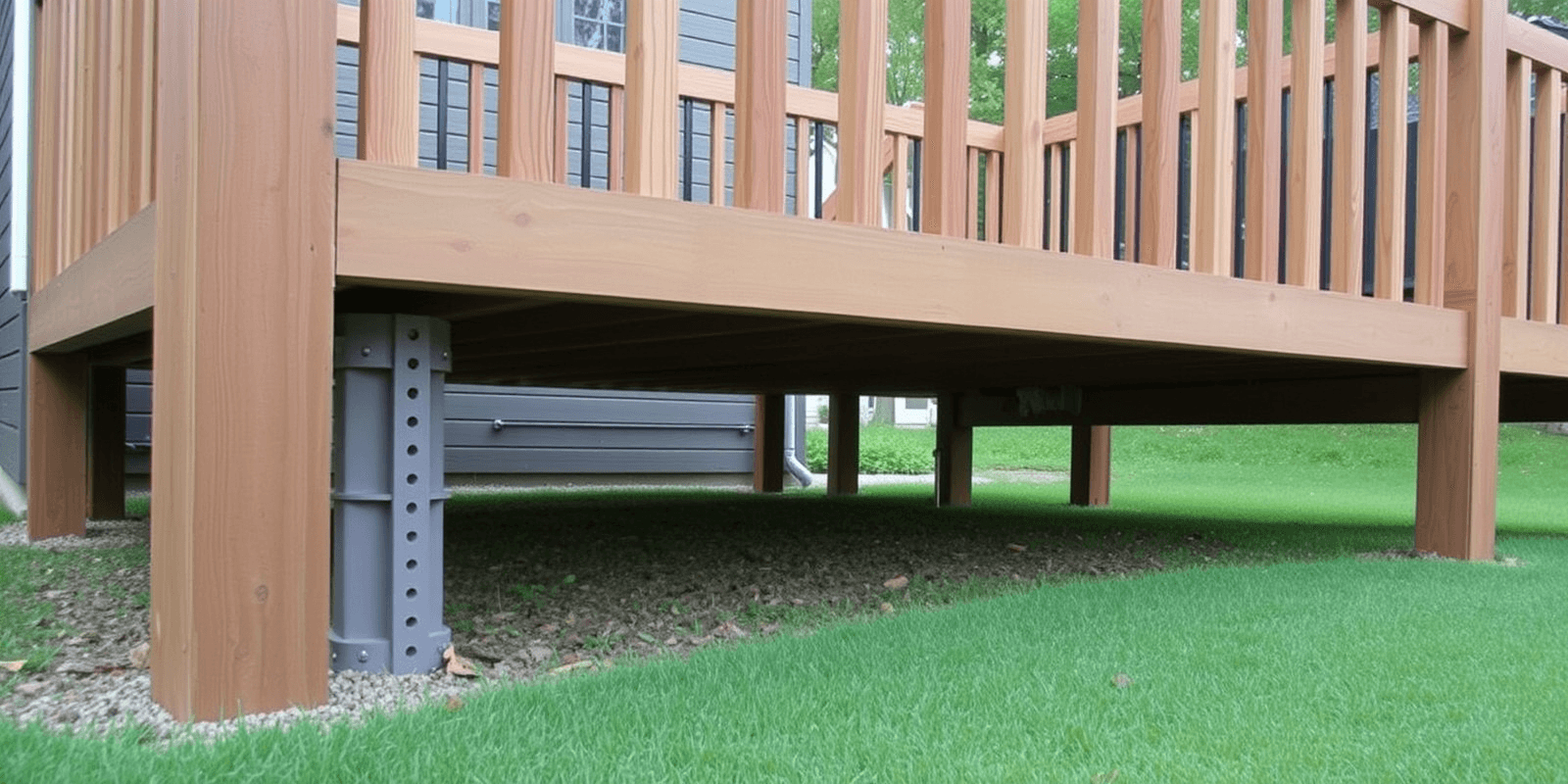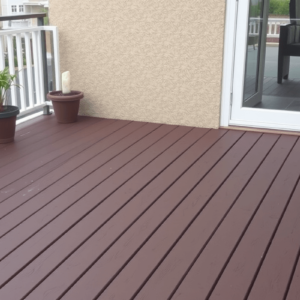Choosing the Right Support for Your Composite Decking Project
Understanding the Importance of Support Materials
Composite decking has become increasingly popular in recent years due to its durability, low-maintenance requirements, and aesthetic appeal. However, a successful composite decking project hinges not only on the choice of material but also on the quality and design of the support system. Choosing the right support is crucial to ensure that your deck can withstand the elements and support the intended usage without compromising safety or longevity.
Materials and Designs for Supports
When it comes to choosing the appropriate support system, several materials and designs are available, each with its own set of advantages and considerations. Common materials include pressure-treated wood, galvanized steel, aluminum, and concrete footings. Each material offers unique properties that affect the overall performance and longevity of the deck.
Pressure-treated wood is a traditional choice due to its cost-effectiveness and availability. It provides a solid foundation but requires regular maintenance to prevent decay. Galvanized steel and aluminum offer greater strength and corrosion resistance, making them ideal for coastal areas or regions with high humidity. Concrete footings provide an excellent option for creating a stable base, particularly for larger decks that require more substantial support.
Calculating Load-Bearing Capacity
To ensure the safety and structural integrity of your composite deck, it’s essential to calculate the necessary load-bearing capacity based on the size and usage of the deck. This involves considering factors such as the weight of the deck itself, furniture, people, and potential snow loads in colder climates. Consulting with a structural engineer can help determine the specific requirements for your project, ensuring that the chosen support system meets all necessary standards.
A general rule of thumb is to space joists at 16 inches on center for standard residential decks. However, for decks exceeding this size or those subjected to higher loads (such as commercial applications), additional support may be required. It’s advisable to consult local building codes and regulations to ensure compliance with regional standards.
Maintenance and Longevity Tips
The longevity of your composite deck largely depends on the quality of the support system. Regular inspection and maintenance are key to extending the life of your deck. This includes checking for any signs of wear or damage to the support materials and addressing these issues promptly. Applying protective coatings or sealants can further enhance the durability of metal supports by reducing the risk of corrosion.
Additionally, proper drainage is essential to prevent water accumulation around the support structures, which can lead to premature degradation. Ensuring that the deck is properly sloped and incorporating gutter systems can help manage water flow effectively.





Reviews
There are no reviews yet.